Check out the First National Reservation
Hot Springs National Park actually predates the National Park Service by 84 years! Founded by an act of Congress in 1832 to ensure everyone would have access to its therapeutic, non-sulfuric mineral springs, it has been used to heal ailments and improve health for hundreds, likely thousands of years. To understand how this site became so wildly popular, we need to go back in time and have a little science lesson;)
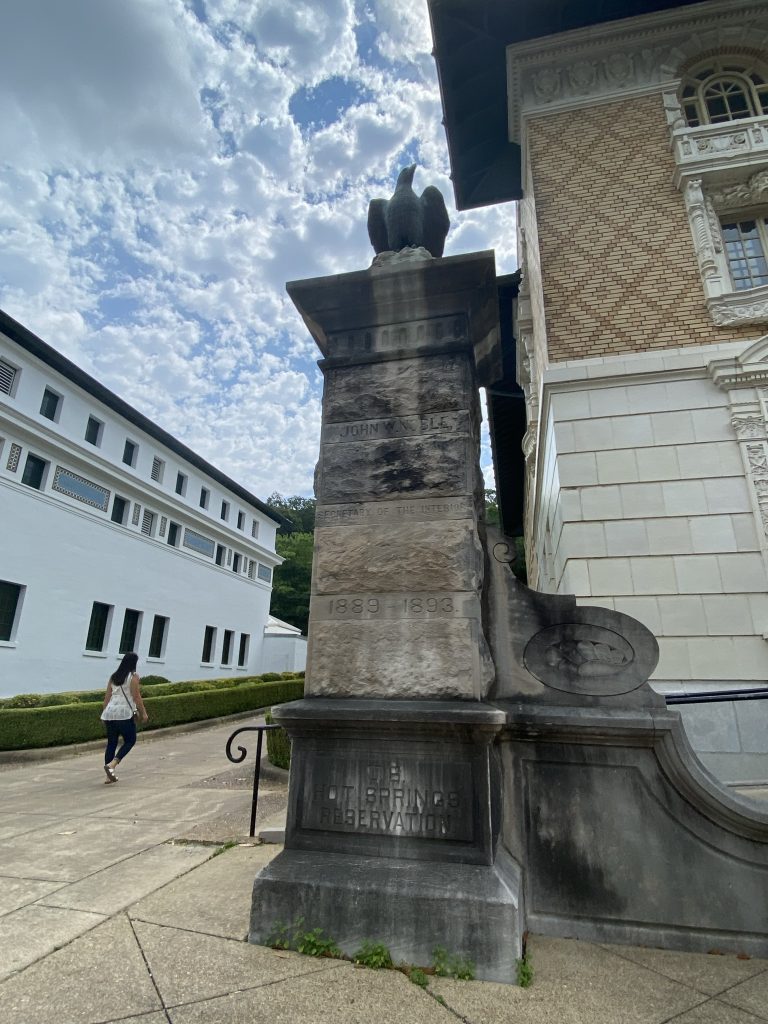
Why were hot springs such a big deal? (Science alert)
Few things feel better than a hot bath or shower when we don’t feel well. But hot water piped to indoor bathrooms has only been available to the last few generations. Indoor plumbing began in the 1840s and the first in line water heater known as the “gas geyser” was patented in 1868. Like SpaceX trips today, just because something is invented doesn’t mean it’s available to the general population. 3 out of my 4 grandparents grew up without running water on homesteads in Wyoming in the 1930s. Average people in cities didn’t have hot running water until well into the 20th century so most baths were pretty chilly.
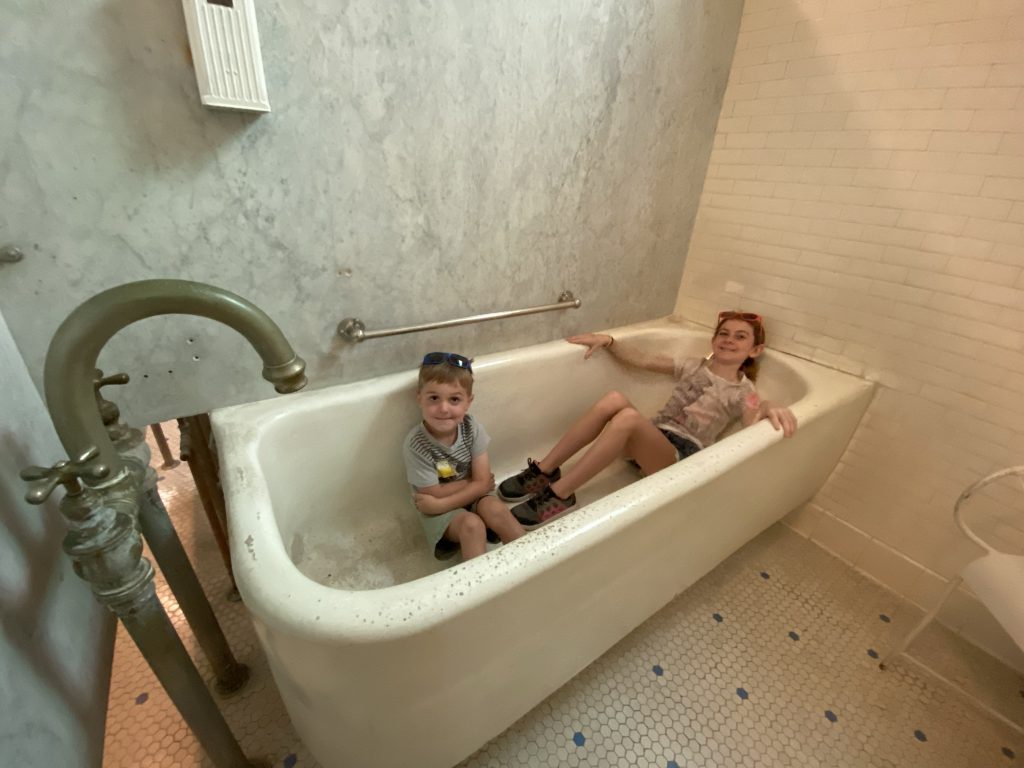
We also take for granted the number of scientifically proven diagnostic techniques and remedies available to us as a result of 20th century innovation and technology. Hot Springs Reservation predates X-rays (1895), antibiotics (1928), Tylenol (1955), total knee replacement (1968), MRIs (1977) and most other “normal” medical things we use today. Even with all of our modern medicine, millions of people still have chronic medical conditions from which they seek comfort. So, it’s no wonder that people generations ago would have flocked to anything offering relief.
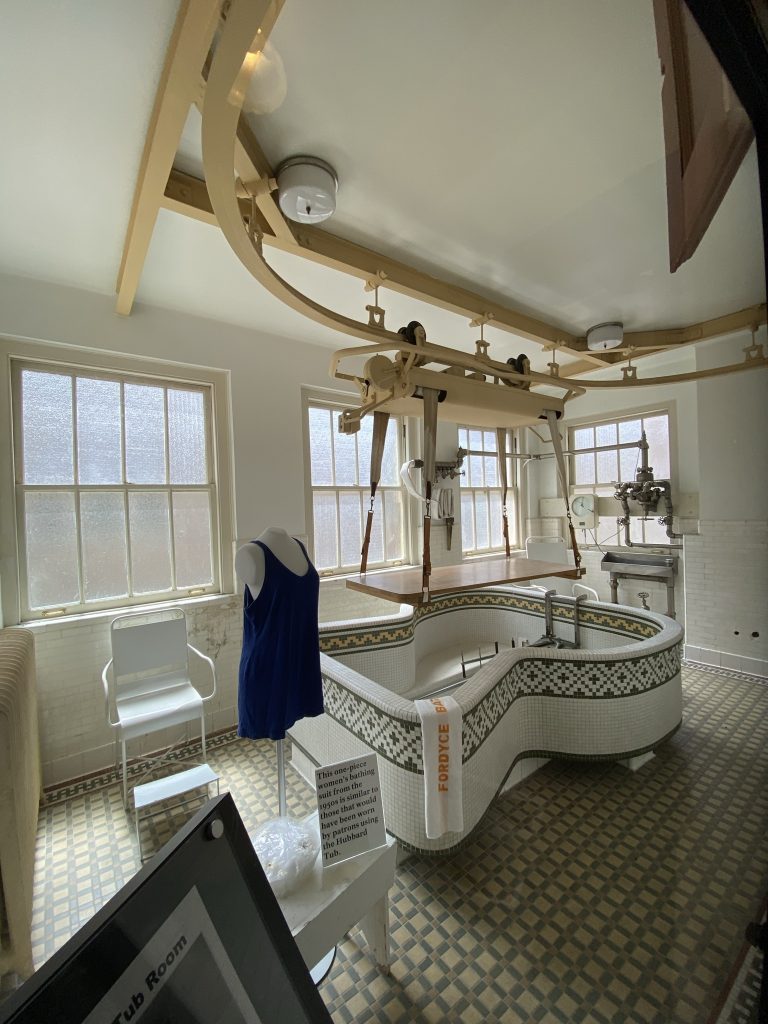
Marvel at Bathhouse Row
Hot Springs National Park is free because it’s right in the center of town. The east side of Central Avenue is National Park while the west side is private businesses. But it didn’t always look like this.
Prior to being added to the U.S. as part of the Louisiana Purchase in 1803, Native Americans regularly enjoyed the steamy streams without permanent infrastructure. The first tent “resorts” appeared here after President Jefferson sent an expedition in 1803. Simple wooden structures followed, but as they burned down or rotted into disrepair they were replaced by more luxurious accommodations.

Finally in the 1880s, the current Bathhouse Row structures were constructed. While strolling down Central, it’s easy to see how this was the place to be for Presidents, royalty, athletes and even gangsters like Al Capone in the roaring 20s. Each house being constructed in a different, beautiful architectural style and all of them trying to outdo each other.
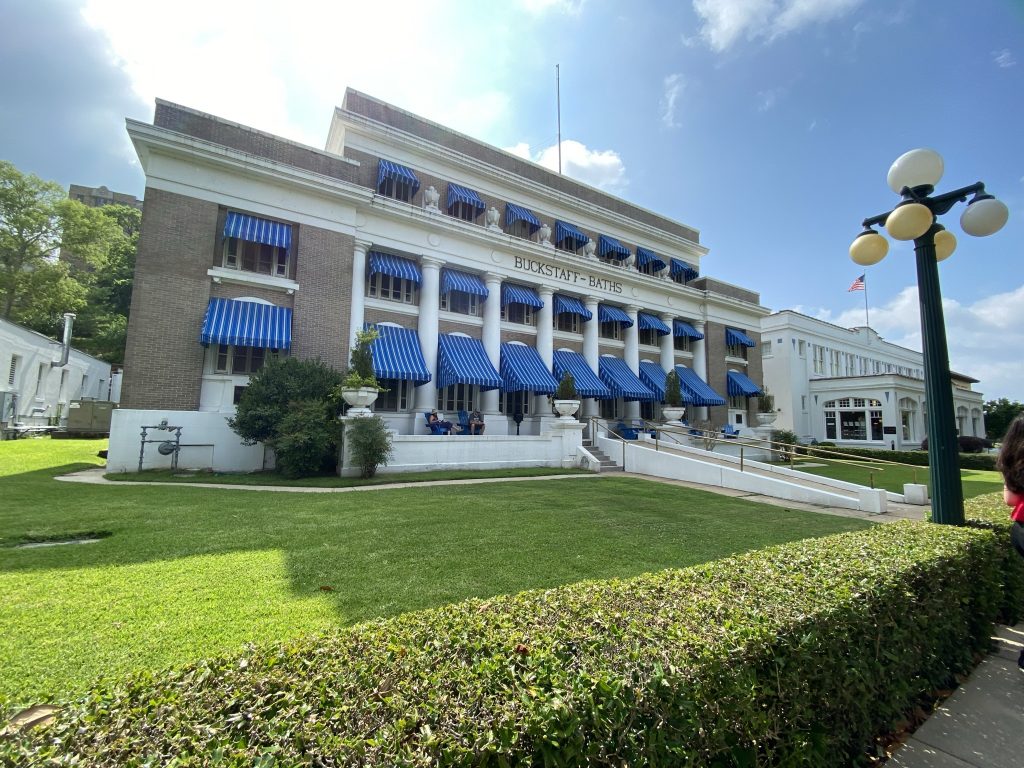
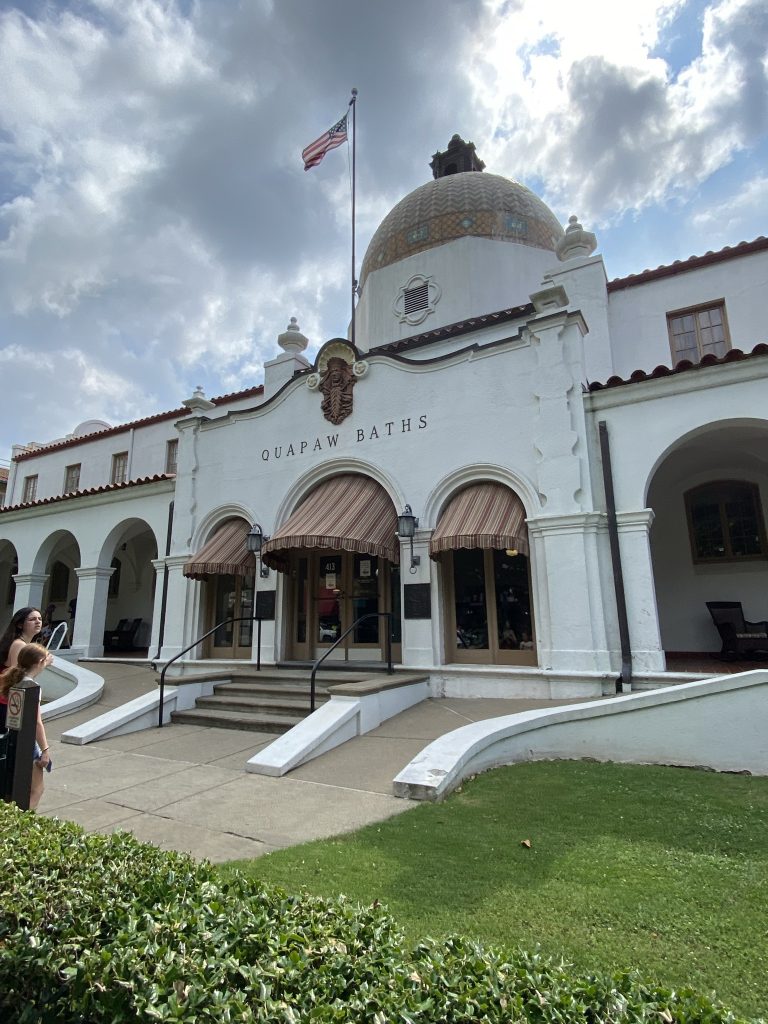
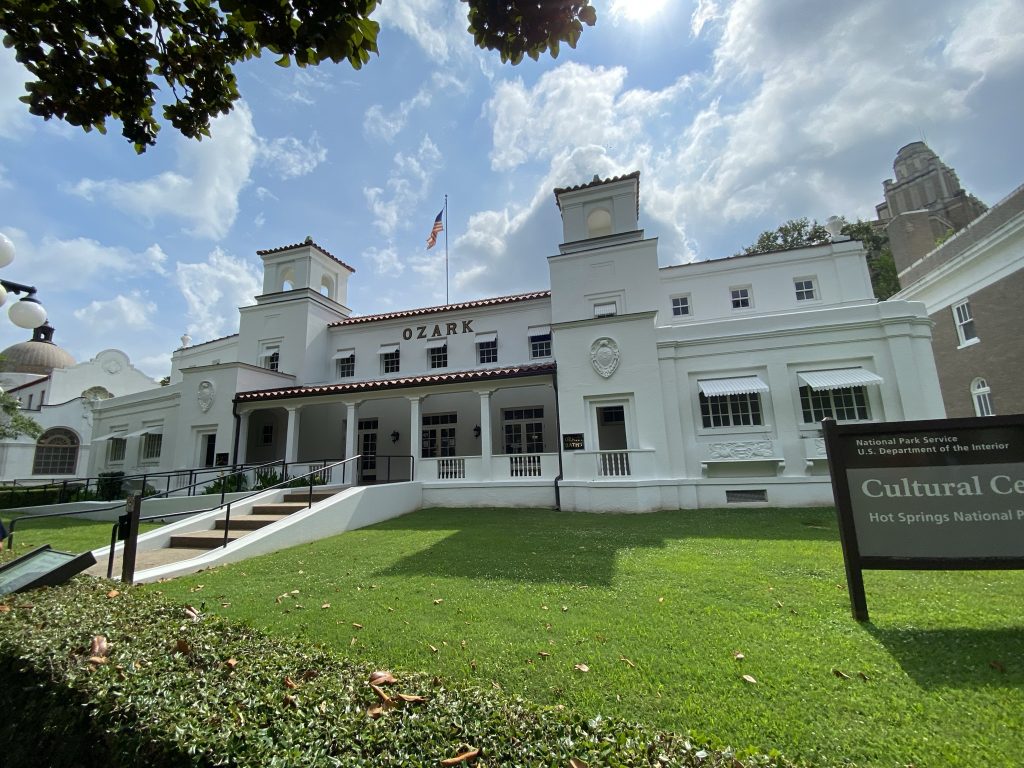
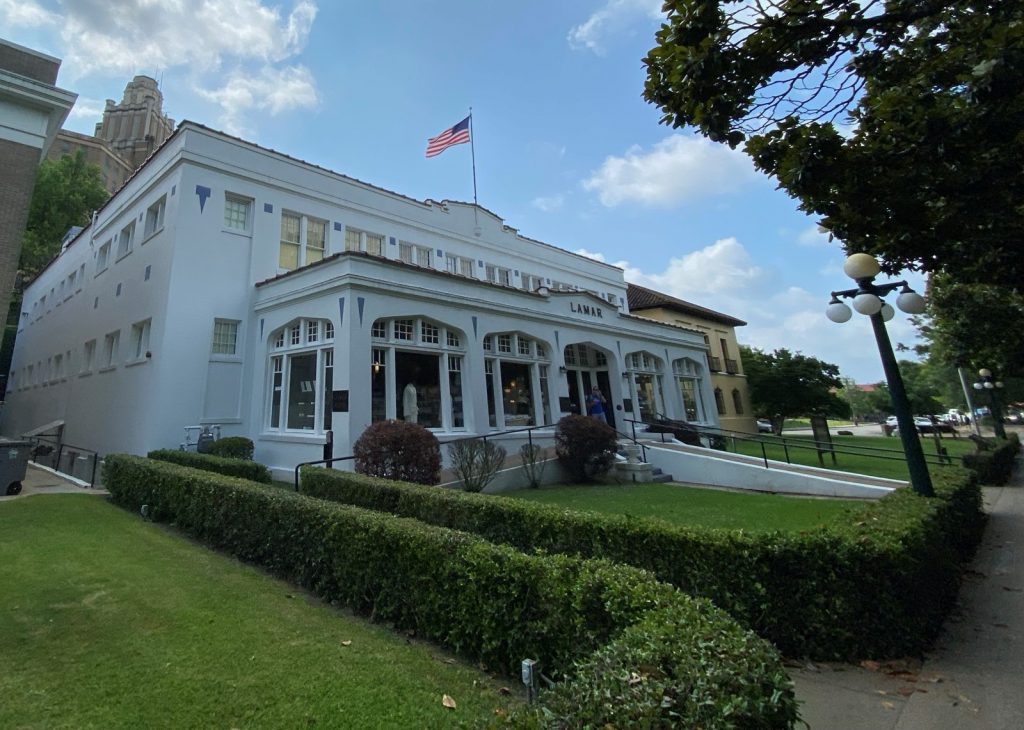
If you’re looking for the full bathhouse experience, checkout the neoclassic Buckstaff (the only continually operating bathhouse in the national park) or Spanish Colonial Quapaw for a soak. Both were closed the day we were there, but I’ll be back someday. The Hotel Hale is the oldest surviving structure on the row. Spanish colonial Ozark has been turned into an art gallery and California style Lamar is a giftshop.
Fordyce: Most Opulent Accommodations

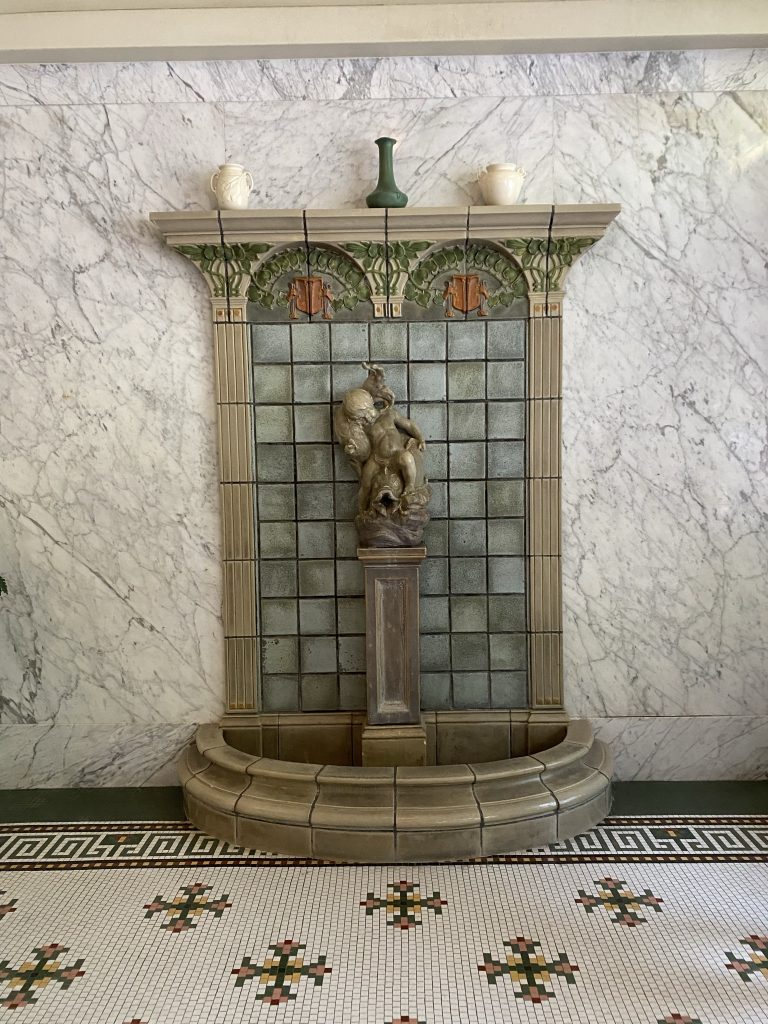
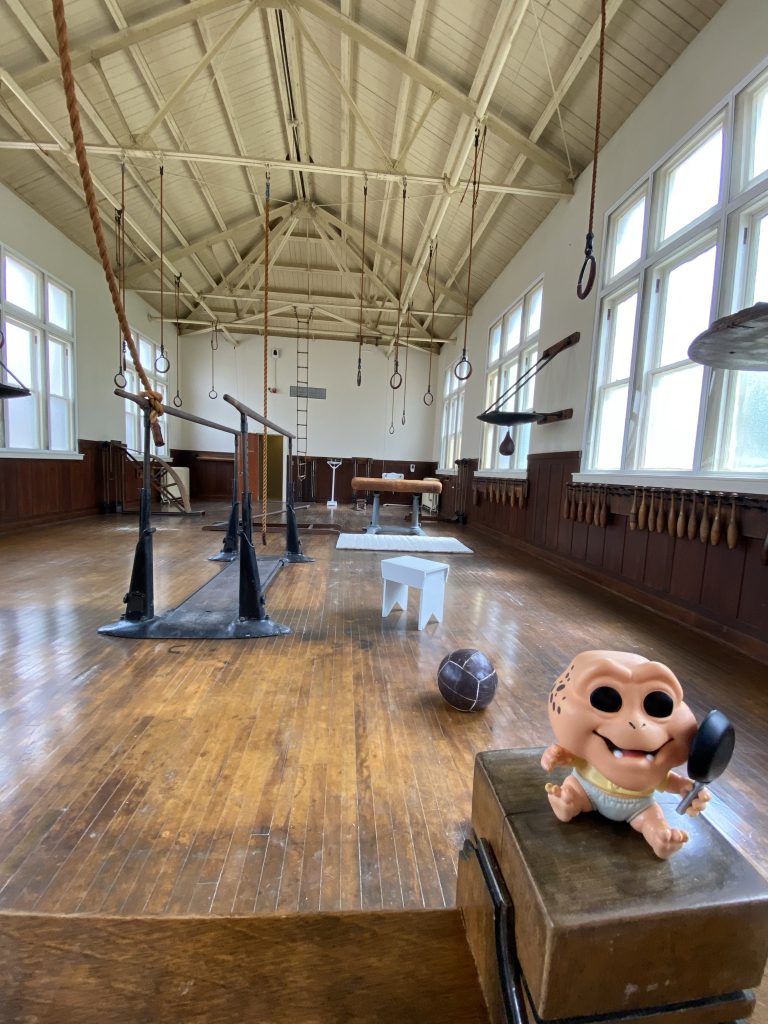
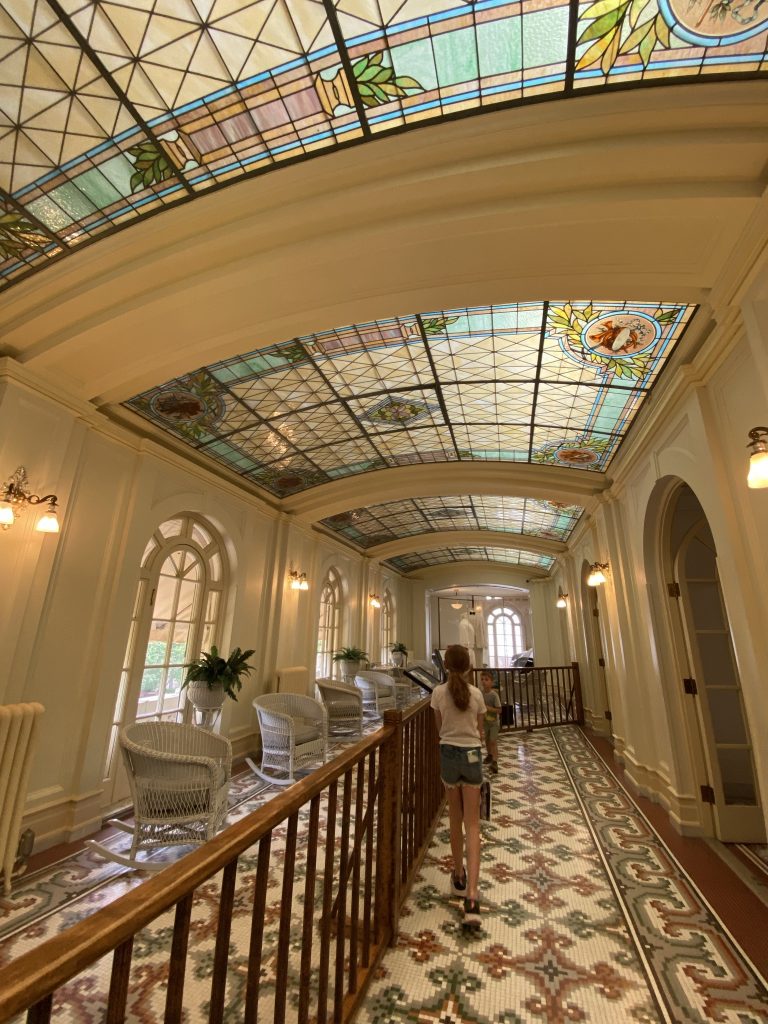
The Fordyce Bathhouse, which serves as the visitor’s center, was the last to be completed to ensure it was the most opulent of them all. During the 3-story self-guided tour, we were stunned by the juxtaposition of the stunning stained glass, marble fountains and grand piano with some really creepy turn of the century devices that looked straight out of a horror movie sanitarium.
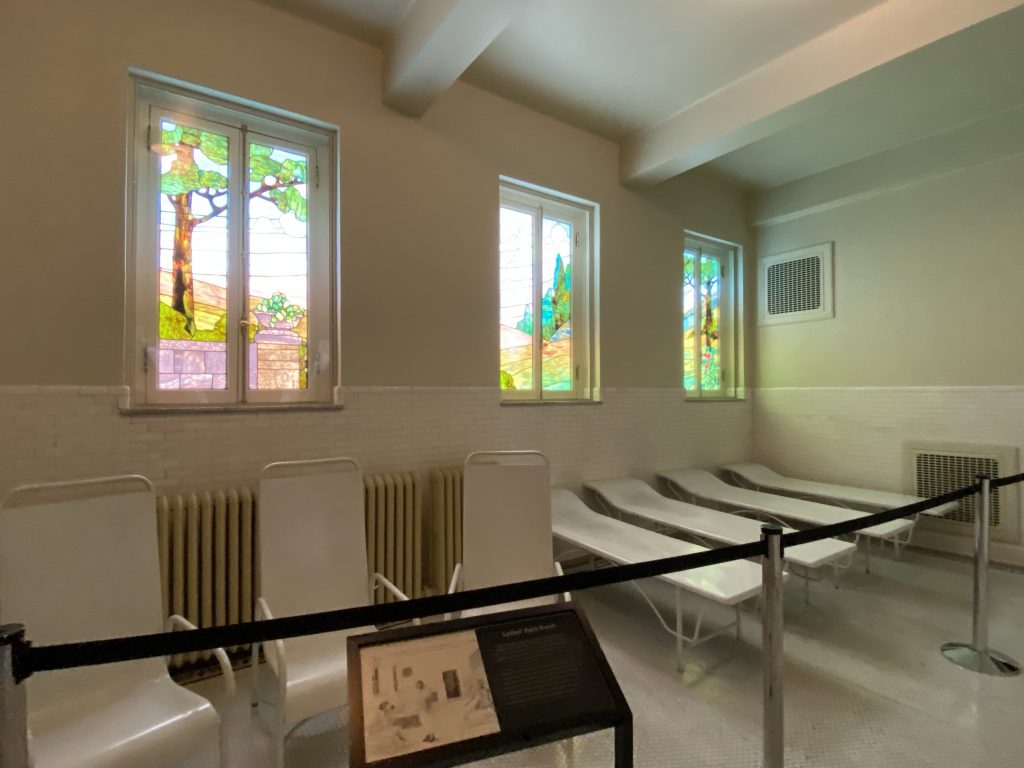
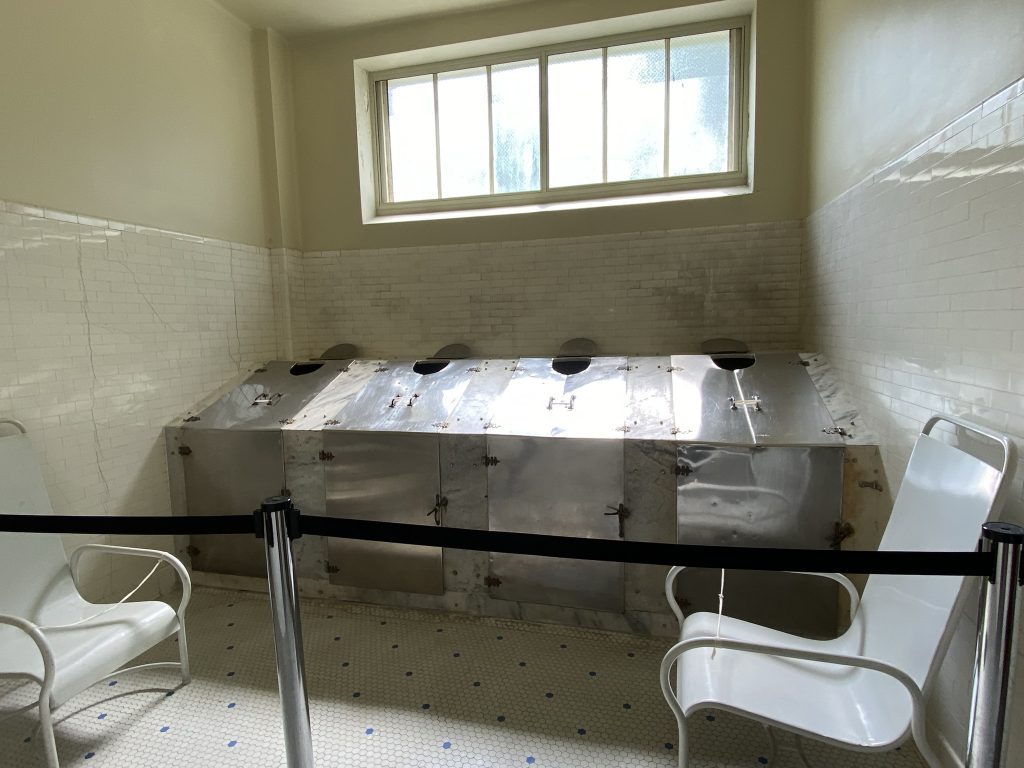


Wet your whistle at the only Brewery in the NPS
Classic Revival style Superior was built as a smaller, affordable option for those who couldn’t afford the opulence farther down the row. Make sure to pop in for the only brews in the world made with thermal spring water paired with seriously delicious food.
Since we visited on a rainy day, by tummy said “SOUP” and the grilled cheese & tomato bisque were scrumptious. We also devoured 2 delicious Bavarian pretzels with beer cheese.
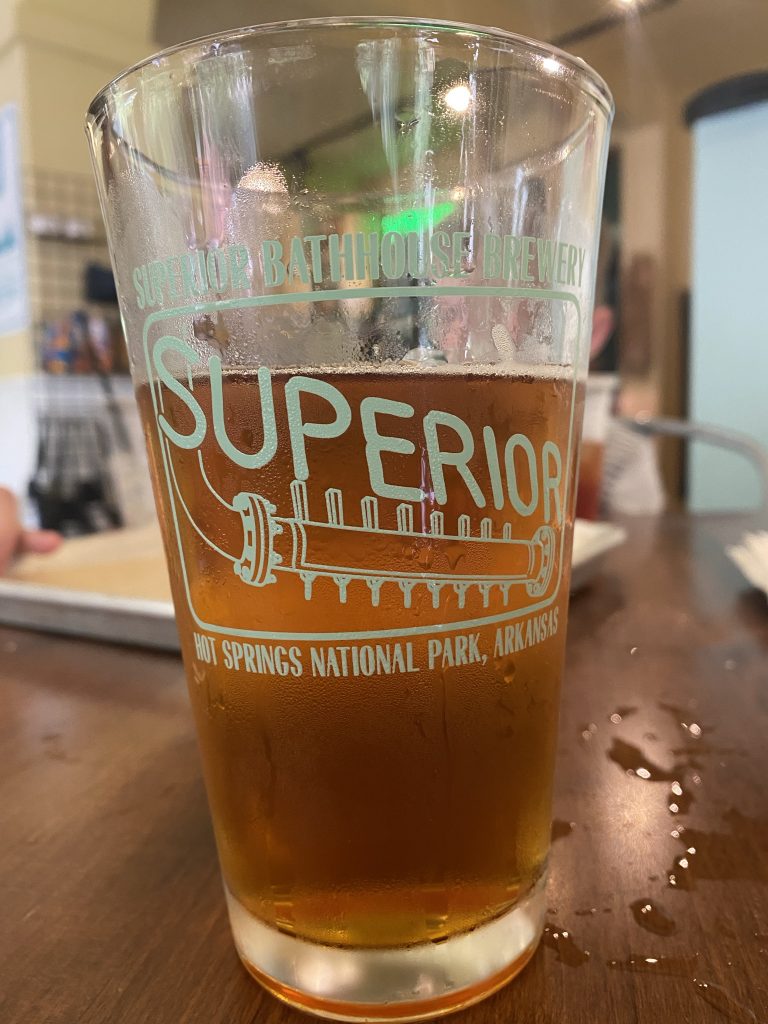

Take a stroll on the Promenade
The hills behind the beautiful buildings contain 47 springs, which have been covered, piped and diverted to ensure the 850,000-gallon daily supply makes it to the bathhouses, then on to the Ouachita River basin below. A stroll on the beautiful brick “promenade” behind bathhouse row provides a view of flowing springs with each spring ‘s cover containing a name and numbers.
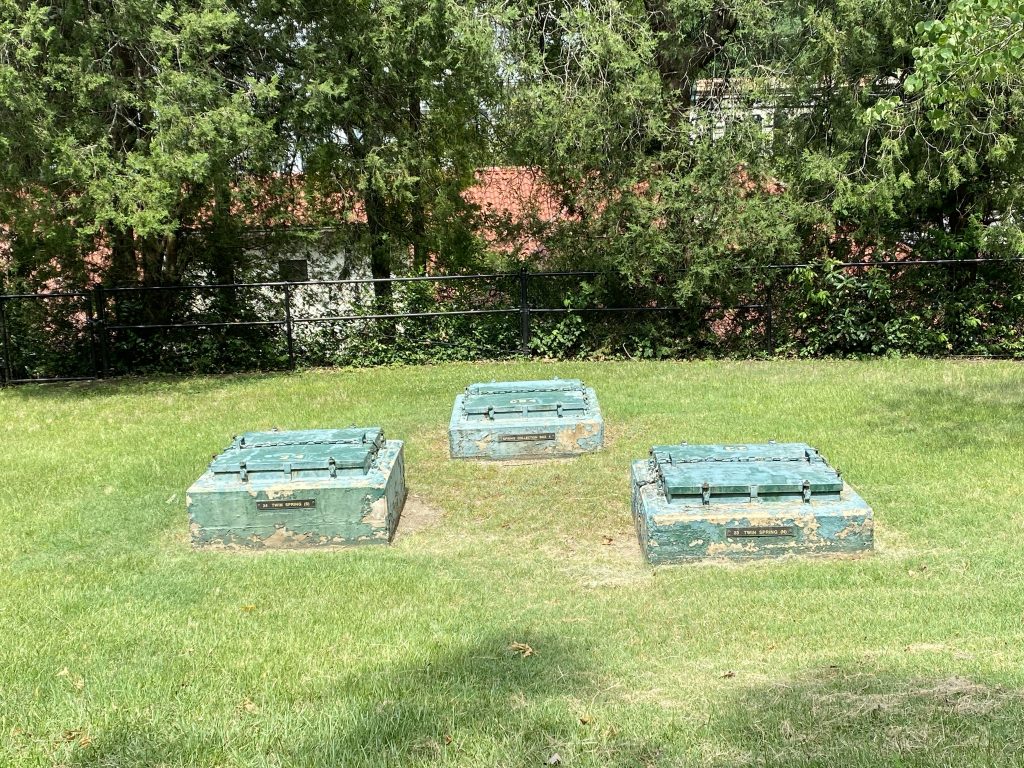
Around each meandering turn there’s a new plaque, spring or engraved bench providing little vignettes into the history and science of this intriguing park. The Tufa Terrace trail takes you to the iconic hot water cascade on the Arlington Lawn across from the historic hotel and a great photo op with the NP sign!

Why don’t they stink? (One more science!)
And just when you thought the science bit was over, here comes the geology! Many hot springs tend to “stink” because they contain large concentrations of dissolved sulfur and bacteria that like to nibble on it and make the rotten egg smell. But these springs aren’t created as a by product of volcanic activity so they are beautifully clear, odorless, and the only potable hot spring water in the entire NPS system!
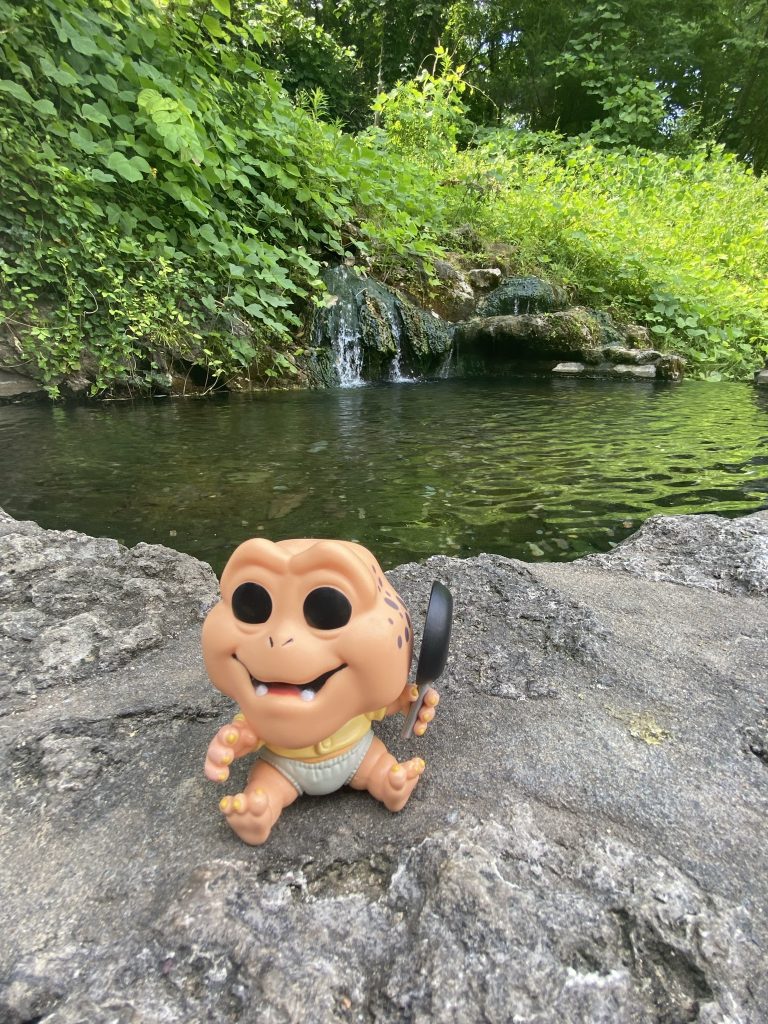
Missed Opportunities
- As I mentioned, our next trip I will plan ahead and get a soak in Buckstaff or Quapaw!
- We also missed out on the hike to the top of the 216ft observatory tower because it started pouring while we were having lunch.
- The Gangster Museum of America wasn’t of interest to our 4 & 9 year old, but I’m sure they’ll be totally into it in a couple of years.
We did however thoroughly enjoy the Magic Spring Amusement Park and our stay at the Hot Springs KOA.
What else did we miss? Tell us about your adventures and favorite things in Hot Springs National Park:)



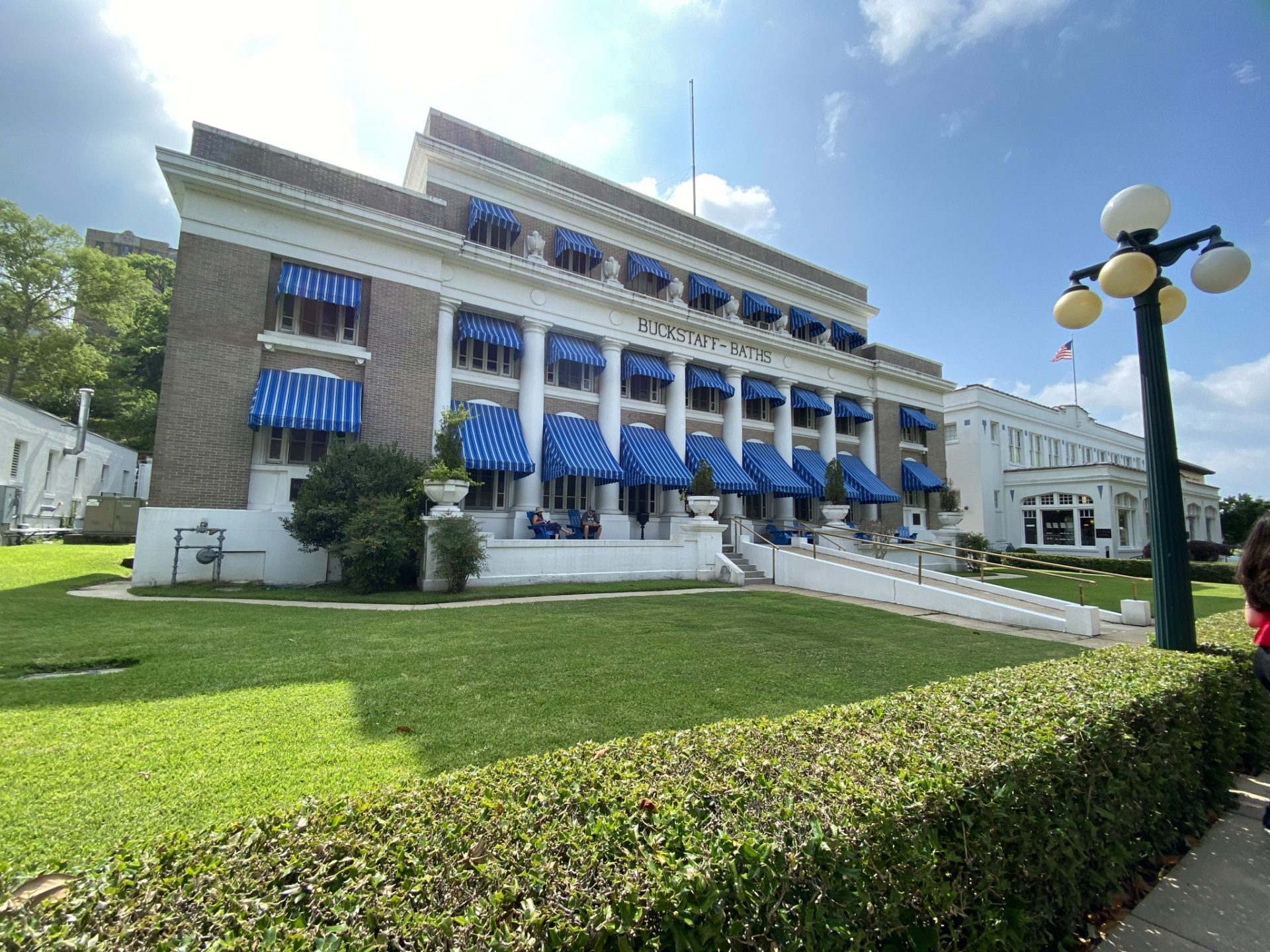
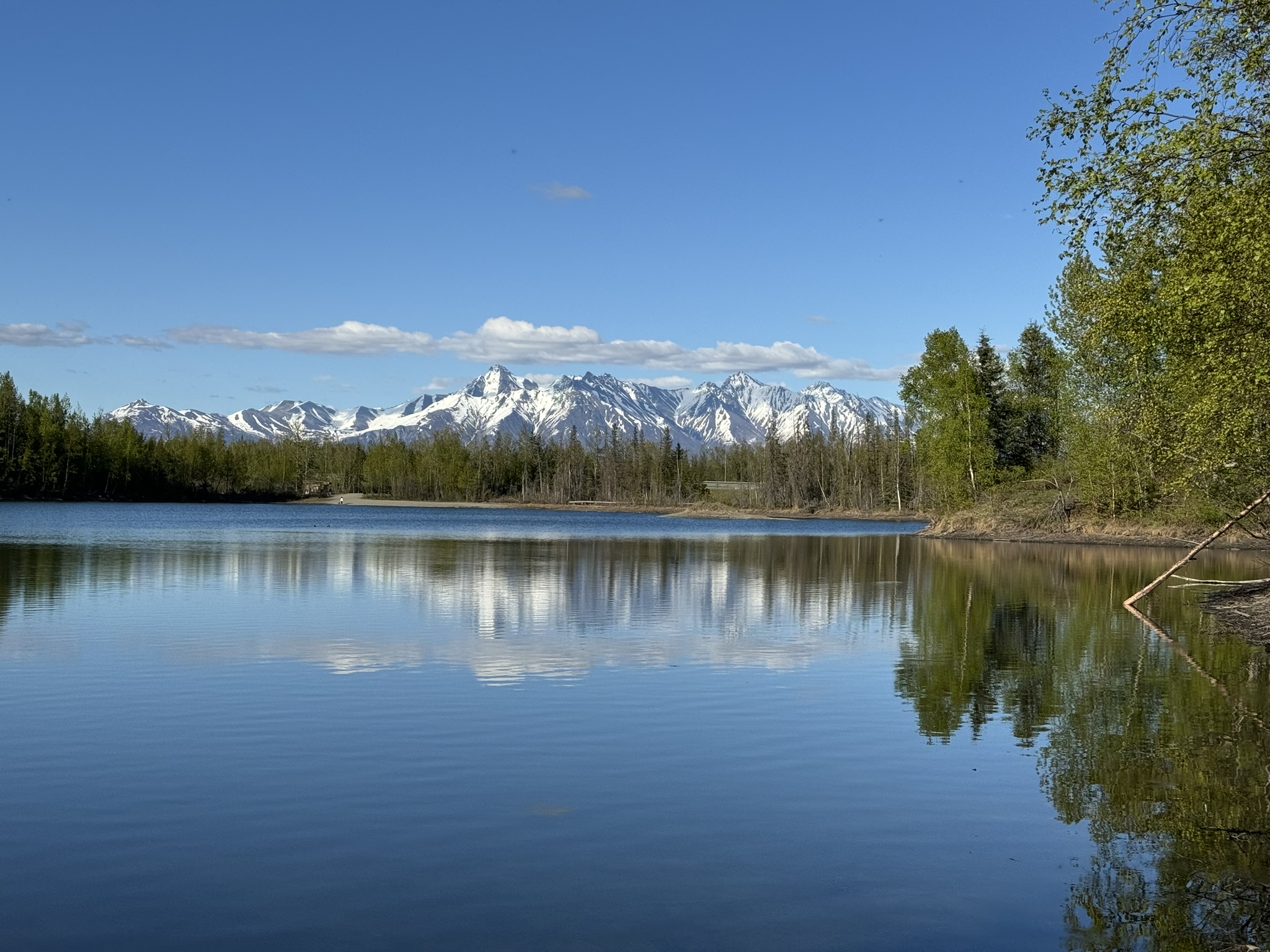
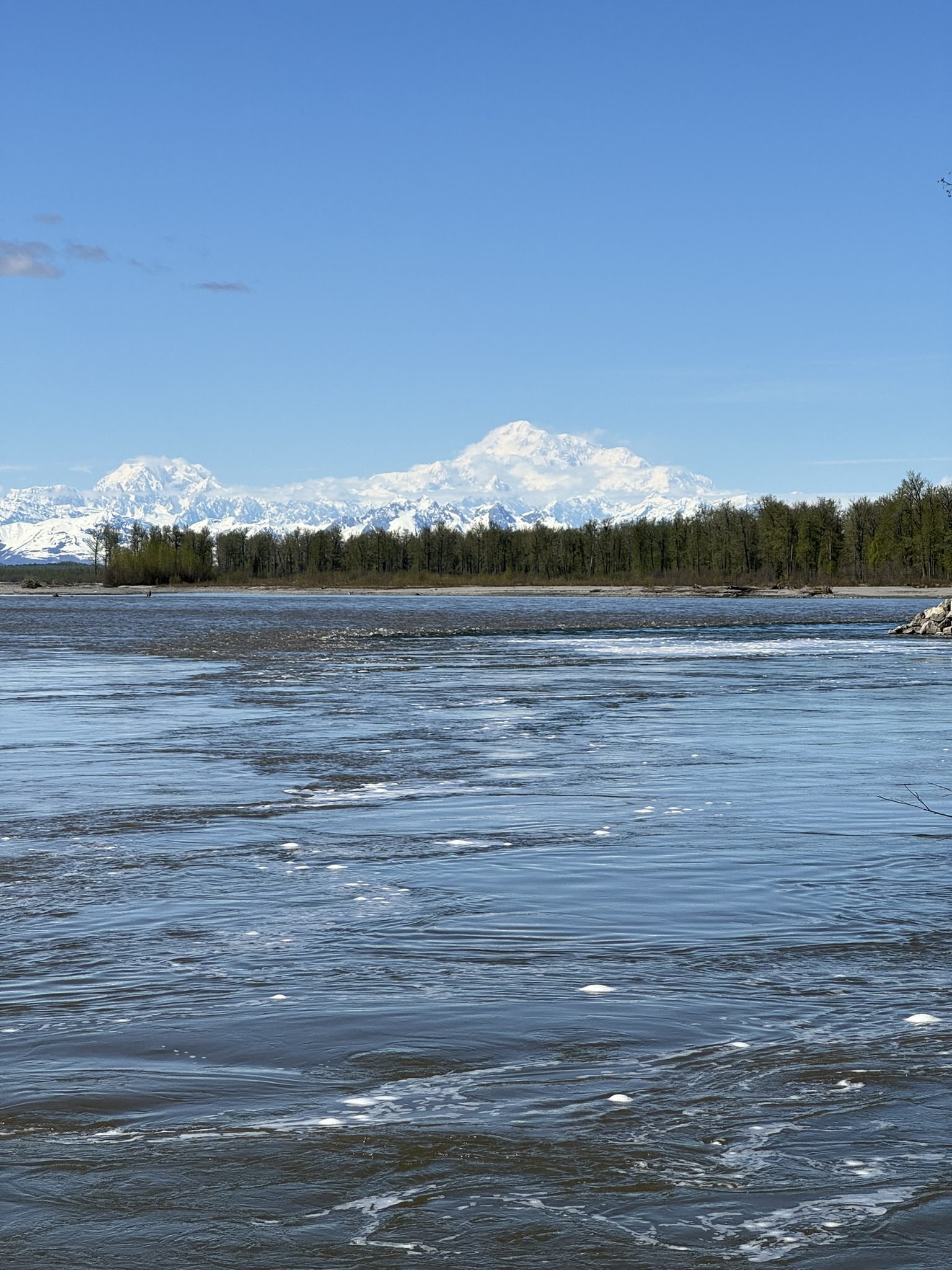

Leave a reply